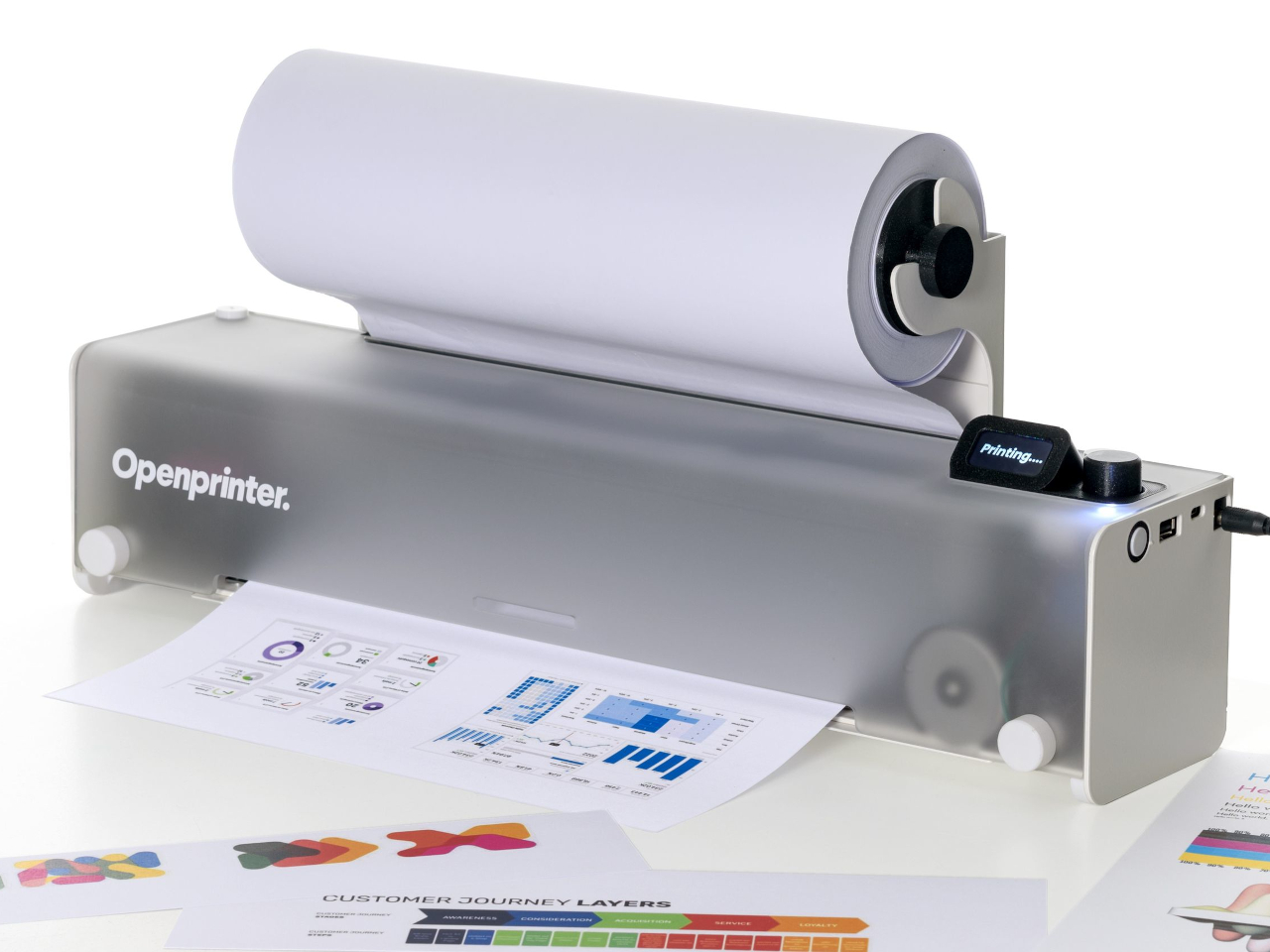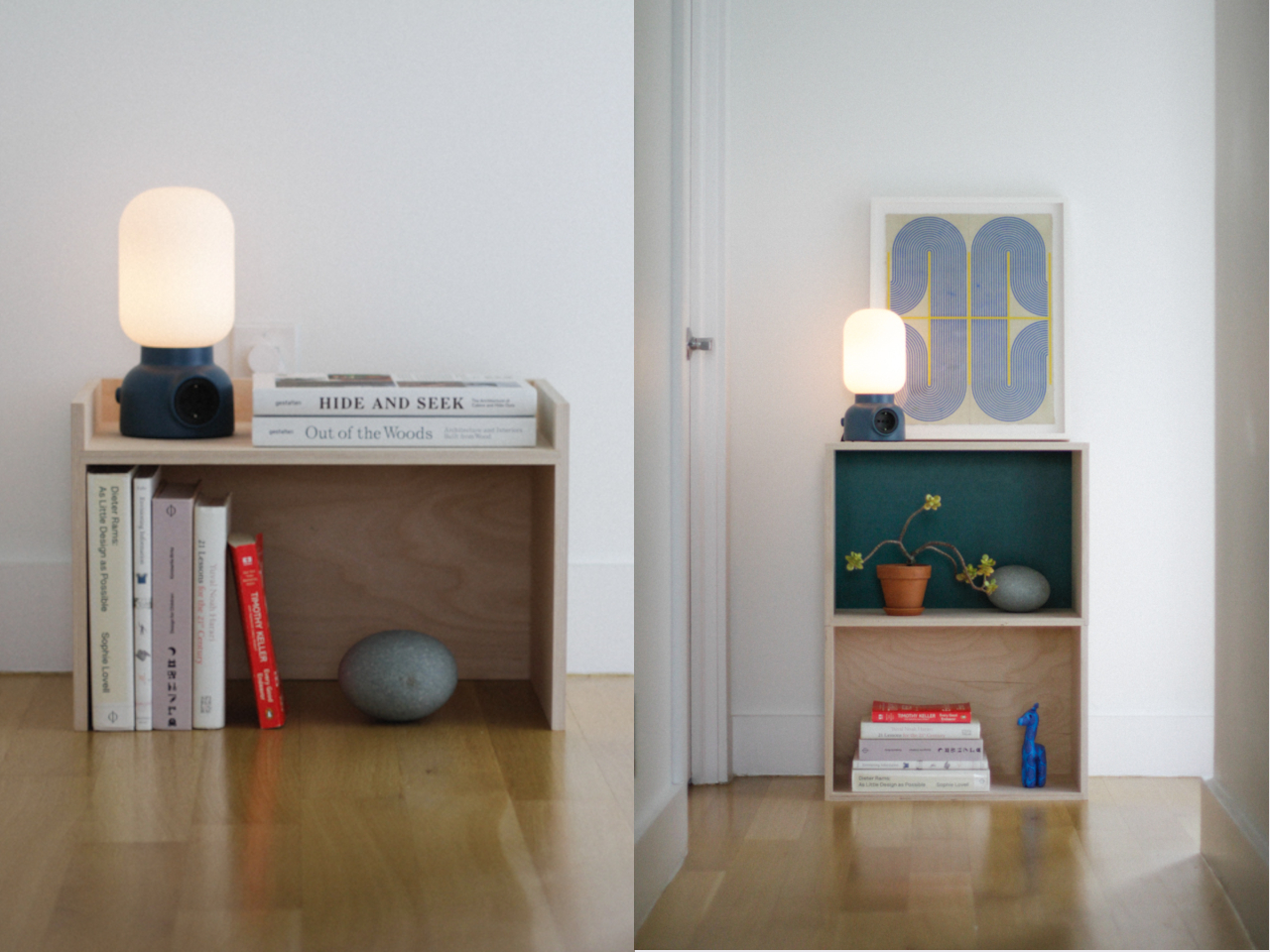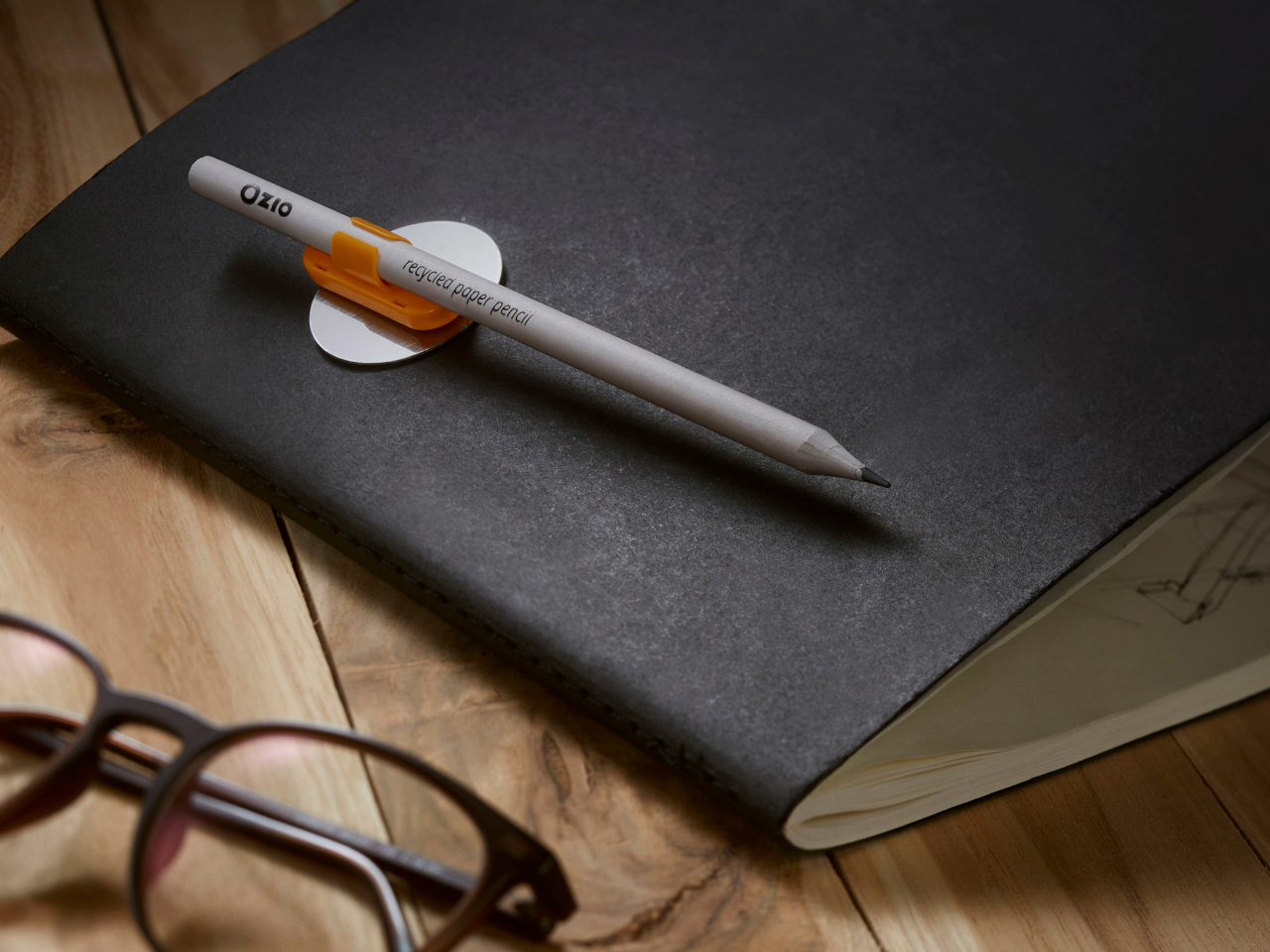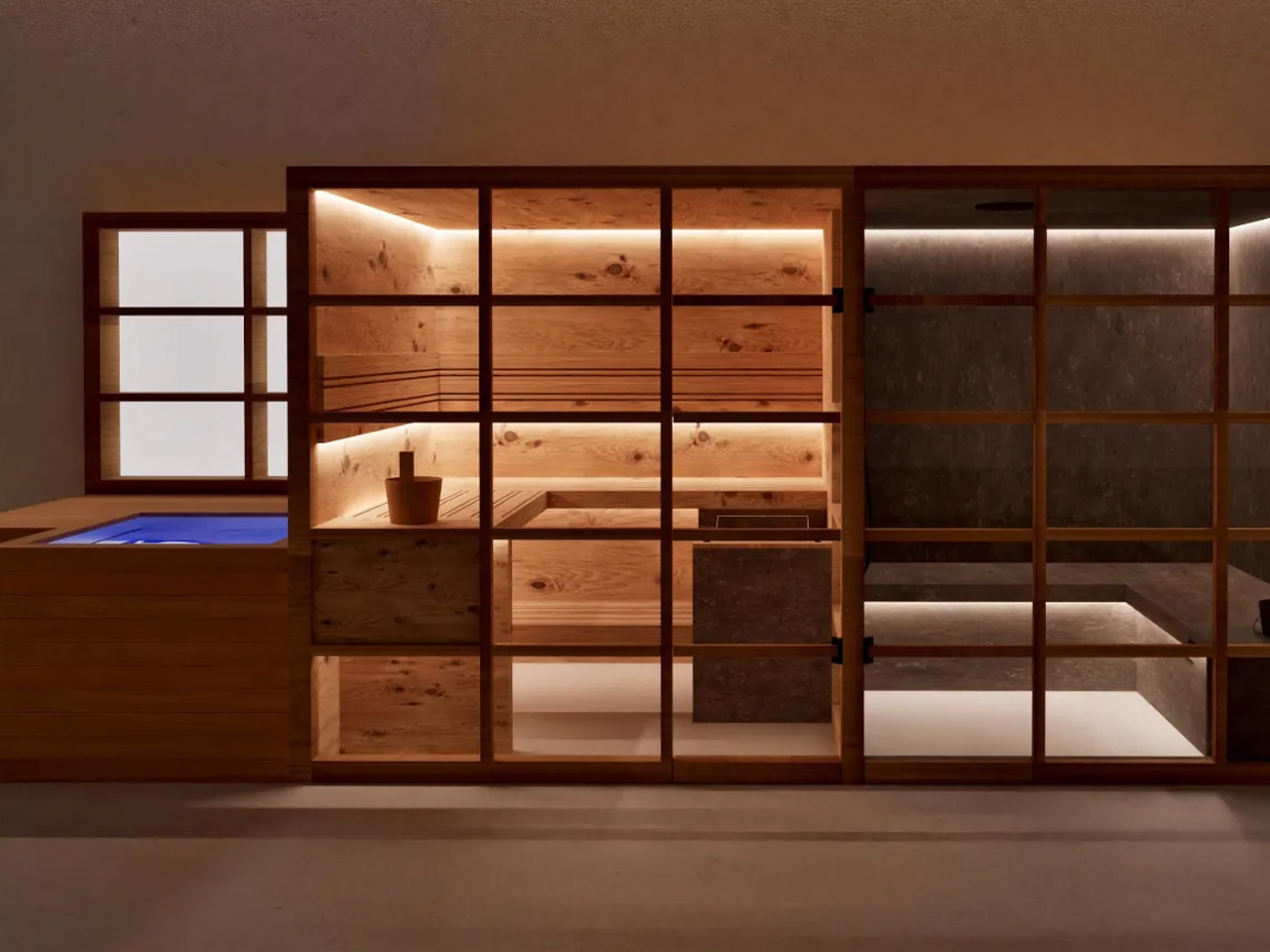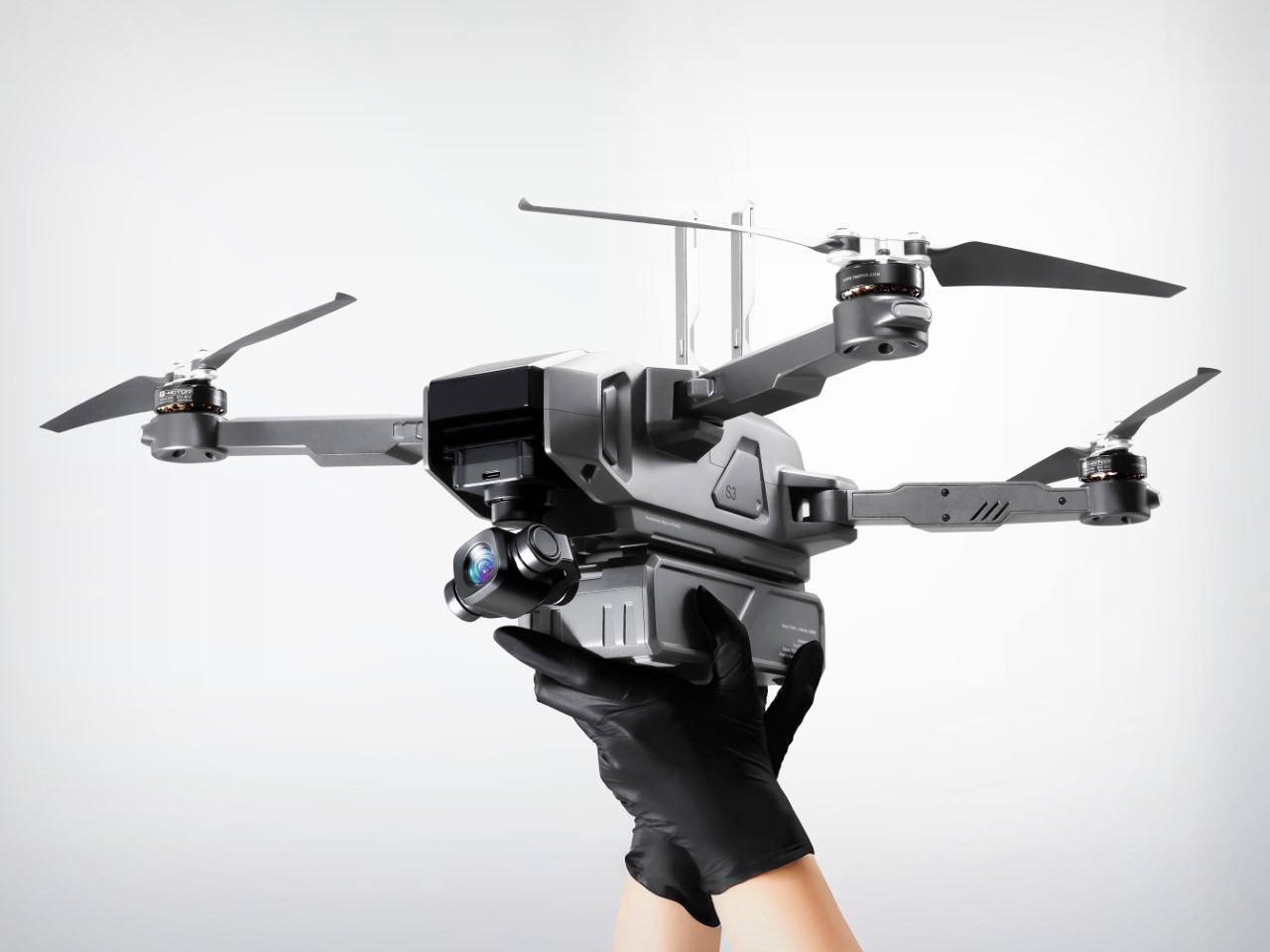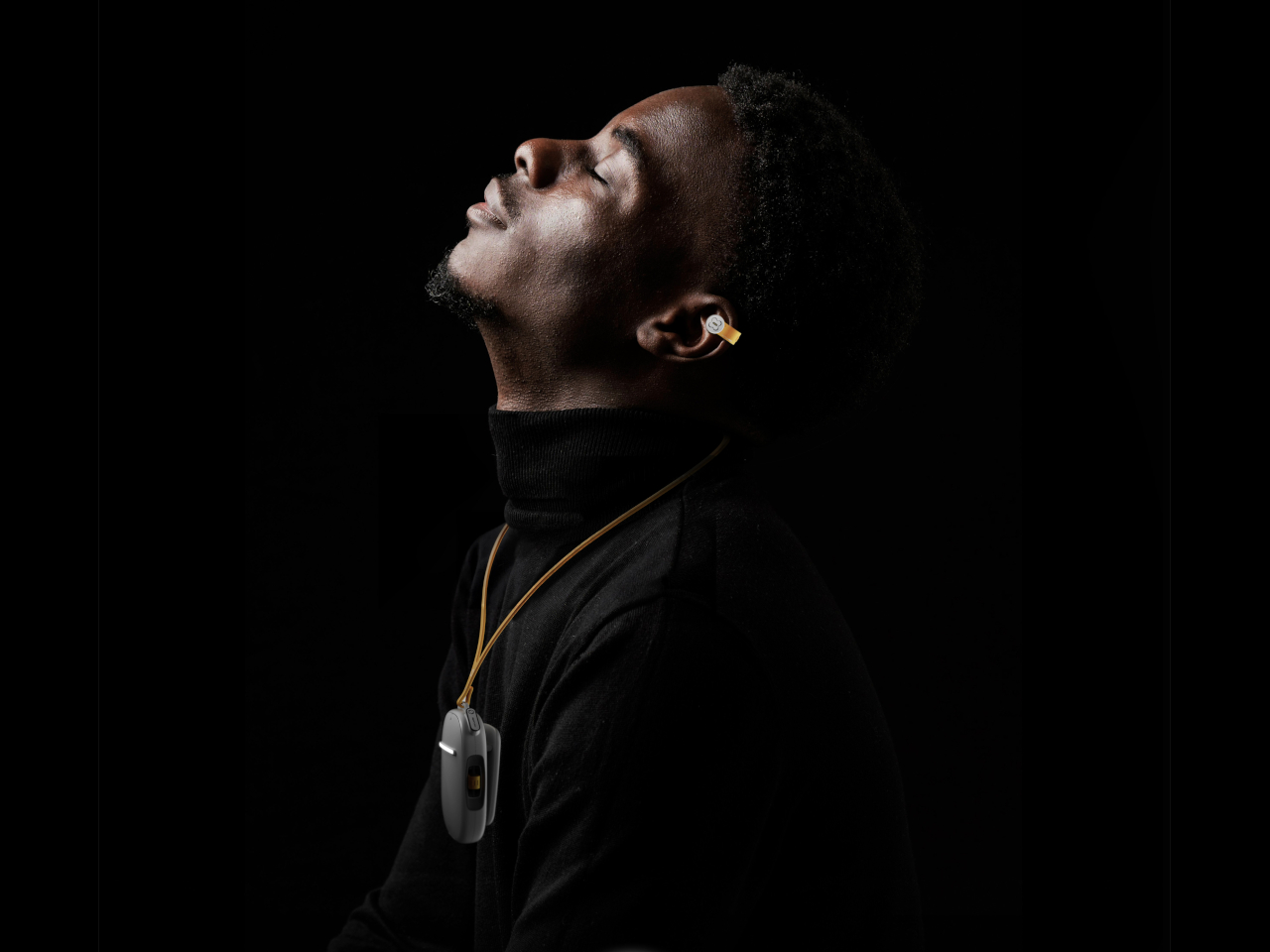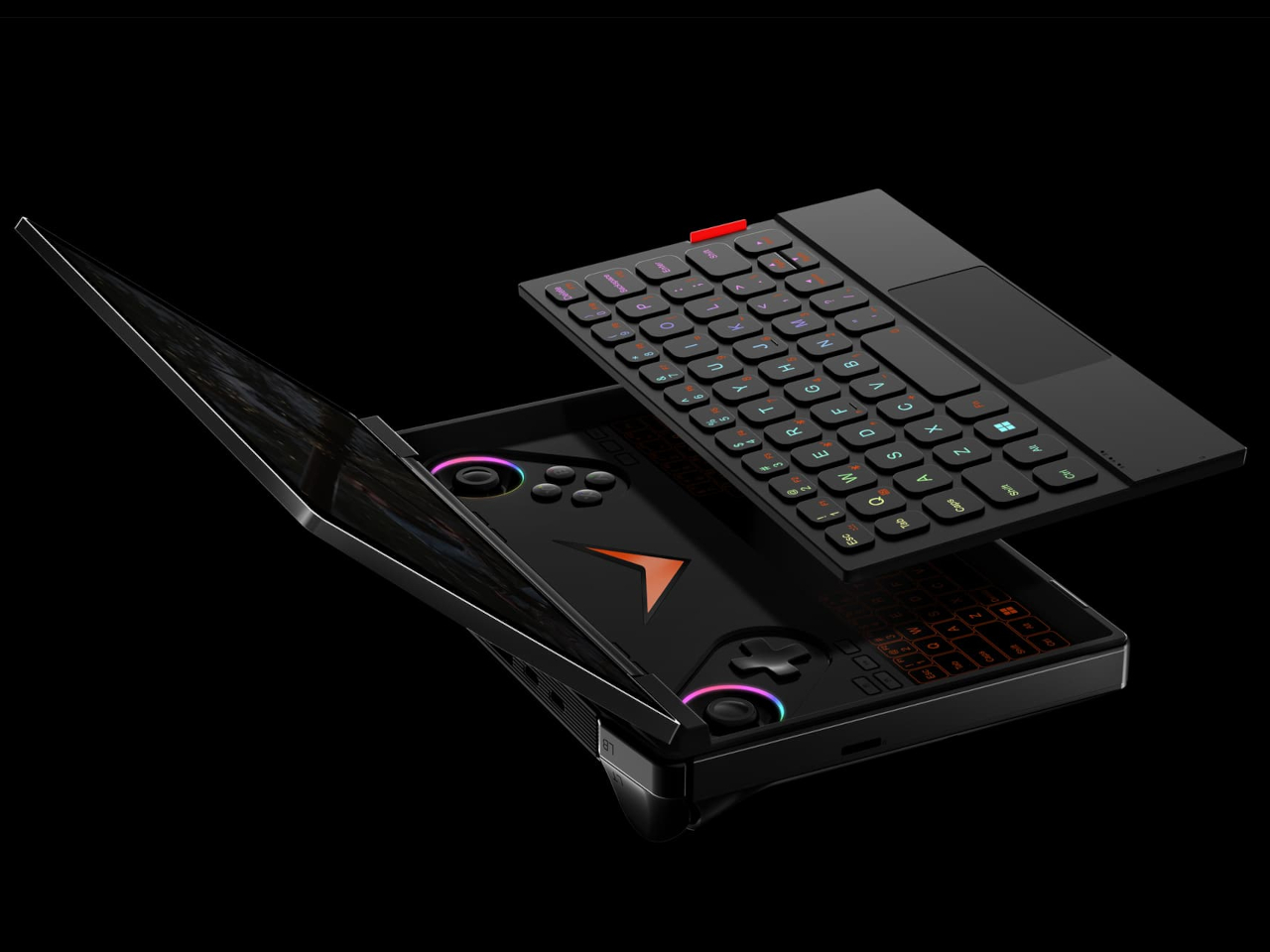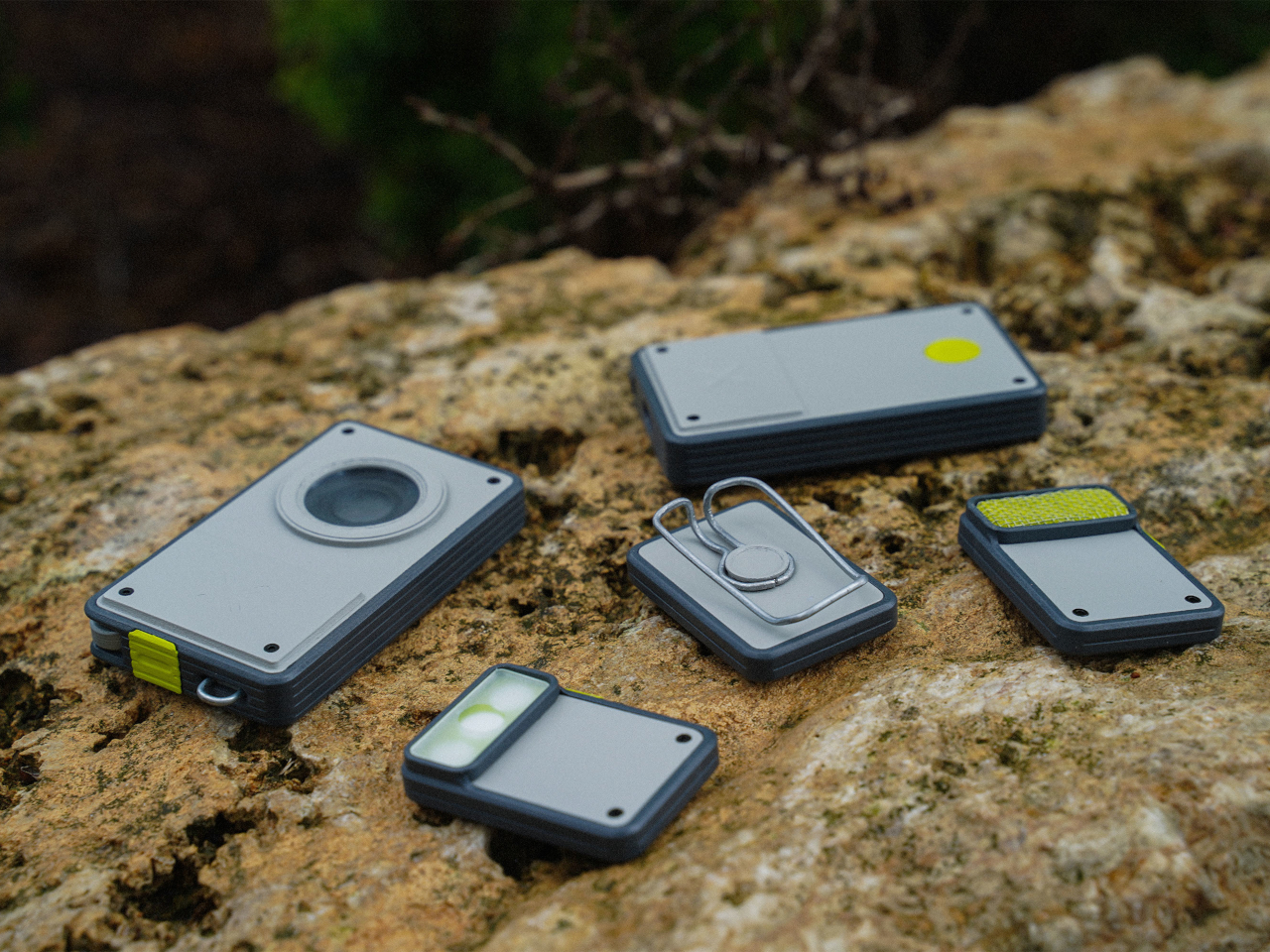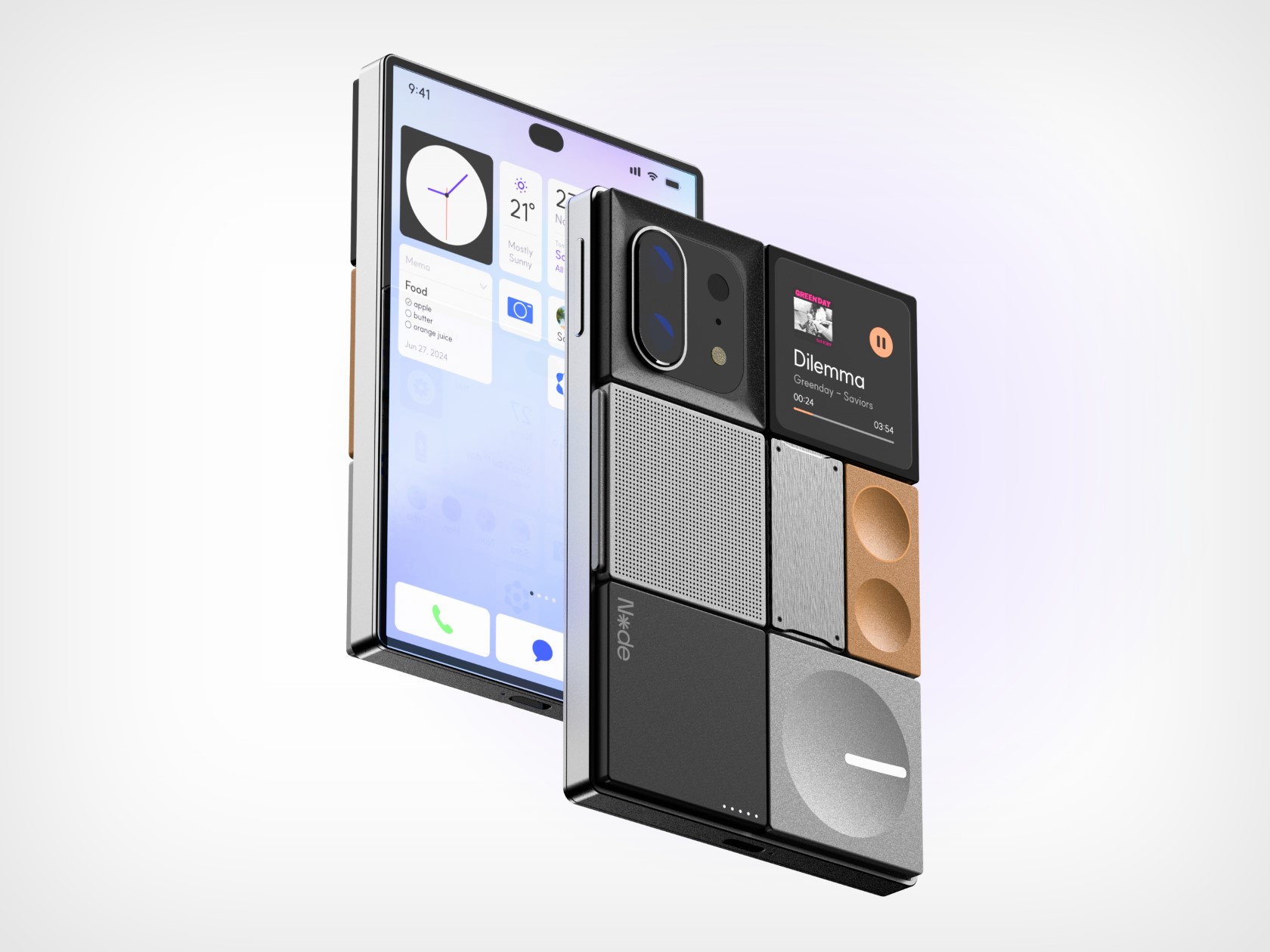Open Printer Gives Makers a Fully Open Flexible Inkjet Platform
Traditional inkjet printers have become increasingly frustrating for anyone who values flexibility, repairability, or creative experimentation. Locked-down firmware prevents modifications, expensive proprietary cartridges drain budgets, and when something breaks, you’re often better off buying a new printer than attempting repairs. This throwaway culture feels particularly wasteful when you consider how much useful technology gets discarded due to artificial limitations.
What makes the Open Printer project particularly compelling is how it reimagines what an inkjet printer can be when freed from corporate constraints. This open-source platform puts control back in users’ hands, offering a fully documented, hackable, and repairable alternative that encourages experimentation rather than discouraging it through proprietary barriers and planned obsolescence.
Designer: Léonard Hartmann, Nicolas Schurando, Laurent Berthuel (Open Tools)
![]()
![]()
The hardware centers around a Raspberry Pi Zero W that serves as the printer’s brain, enabling wireless connectivity and remote control through a simple web interface. The modular carriage system uses standard HP inkjet cartridges, keeping operating costs reasonable while ensuring replacement parts remain widely available. You get a printer built from 3D-printed components and off-the-shelf parts that anyone can source, assemble, and modify.
![]()
The creative potential becomes apparent when you consider the flexible media support. Unlike consumer printers that restrict you to specific paper sizes and types, the Open Printer can handle everything from standard documents to envelopes, cardboard, wood, and even fabric. This opens up possibilities for art projects, prototyping, and experimental applications that would be impossible with conventional printers.
![]()
![]()
Of course, the open-source nature means the printer can evolve based on community needs and contributions. All hardware designs, schematics, and firmware live on GitHub, encouraging users to share improvements, add features, or adapt the design for specific applications. This collaborative approach ensures the printer becomes more capable over time rather than becoming obsolete.
![]()
The wireless operation and web-based interface make the Open Printer surprisingly user-friendly despite its DIY nature. You can upload print jobs from any device on your network, monitor progress remotely, and manage the printer without installing special drivers or software. This simplicity makes it particularly appealing for educational settings where students can learn about printer mechanics without getting bogged down in proprietary complexity.
That said, the project’s broader significance extends beyond just printing. The Open Printer challenges the assumption that complex devices must remain black boxes that users can’t understand, modify, or repair. By providing complete documentation and encouraging experimentation, it demonstrates how open-source hardware can create more sustainable, educational, and empowering relationships between people and technology.
![]()
The Open Printer taps into something fundamental about how we relate to our tools and devices. Rather than accepting artificial limitations imposed by manufacturers, this approach invites exploration, learning, and creative problem-solving. You can see how this kind of thinking might influence other hardware categories, creating a future where our devices serve our needs rather than corporate interests.
The post Open Printer Gives Makers a Fully Open Flexible Inkjet Platform first appeared on Yanko Design.
